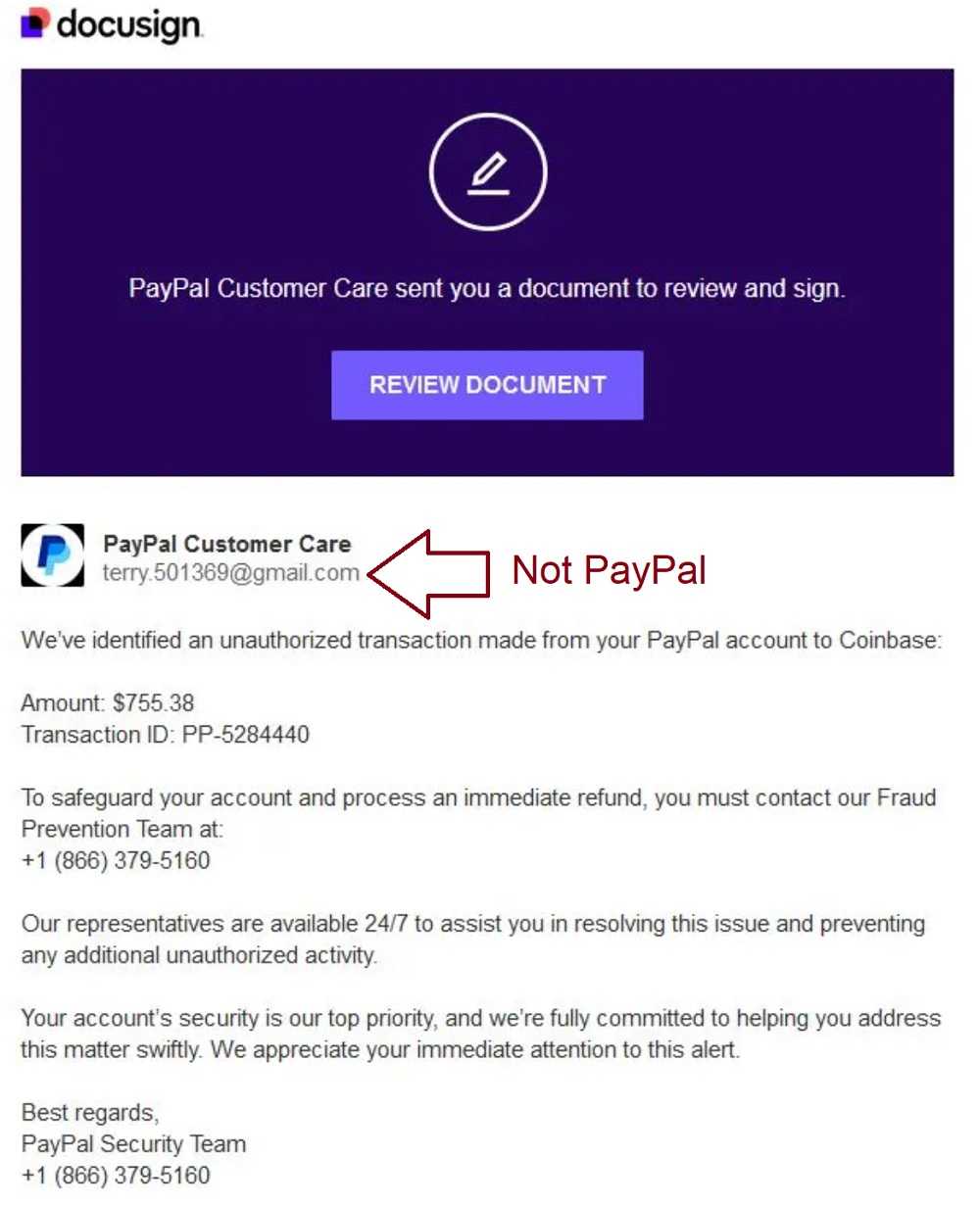Going Up…Again. PayPal and Docusign Scams Still on the Rise
By: Jim Stickley and Tina Davis
August 11, 2025
Once again, scammers are ratcheting-up email phishing attacks using PayPal, Docusign, and you. These slimy scammers are sending more fraud-filled emails than ever before. In fact, research finds losses last year jumped to $70 million, a 274% surge from the year before. It’s time to take a closer look at these scams and get tips on how to spot them.
Phishing Bites
These scam emails might arrive several in a row—a ploy to get your attention. Apparently, they’re from PayPal’s fraud division about your account and that’s enough to make anyone panic. The email looks real, sounds real, and of course it’s “urgent!” They also include a Docusign agreement needing your signature. Read it carefully and be prepared for anything sounding phishy, including a cryptocurrency account you don’t have.

Phishing’s Suspect Red Flags
Keep these phishing red flags in mind for all your emails, especially when fraud and urgency are the lures.
- Emails about urgency or fraud with your account, any account, are always phishing red flags.
- Unexpected emails, especially those with attachments, are always phishing red flags. The email and attachments could be fraudulent and/or carry malware, so don’t click on them.
- Beware email subjects sounding too good (or bad) to be true. Extreme subject lines (you won a car in a contest you didn’t enter or maybe about financial fraud) are always phishing red flags.
- Emails from a trusted source such as PayPal or other financial accounts, especially those requesting your PII, are always phishing red flags.
- Carefully inspect the URL and domain names. Scammers do their best to make them look identical, only they’re not. Watch for sneaky subs like numbers in place of letters. Different spellings are always a phishing red flag.
With any doubt about whether or not an email is legitimate, there’s another way to find that out. Use the bookmark or type-in the URL you always use, and never use contact information provided in the email. Once safely inside your PayPal (or other) account, check for any recent transactions. You can bet there’s nothing showing, and that’s always a phishing red flag.